Thanks to NASA’s James Webb Space Telescope (JWST), astronomers are learning that the universe’s earliest galaxies evolved much faster than previously known. Using images from the JWST, astronomers from Durham University in England discovered galaxies with elongated “bar” structures existing as far back as 11 billion years ago, when the universe was only 2-3 billion years old. This pushes back the timeline of when astronomers think galaxies started maturing into their modern forms.
The compelling findings are now published in the journal Monthly Notices of the Royal Astronomical Society.
Many spiral galaxies we see today, including our own Milky Way, have a central bar-shaped concentration of stars cutting through their pinwheel arms. These stellar bars play a crucial role in a galaxy’s evolution by helping funnel gas into the galactic center, fueling new star birth, bulge growth, and potentially supermassive black hole feeding.
While galactic bars are common in the present-day universe, it was thought that they didn’t show up in large numbers until about 8 billion years ago, as the fraction of barred galaxies appeared to dramatically drop off at greater distances, and thus, earlier times. This led astronomers to believe that bars didn’t begin significantly shaping the evolution of galaxies until the universe was already over 5 billion years old.
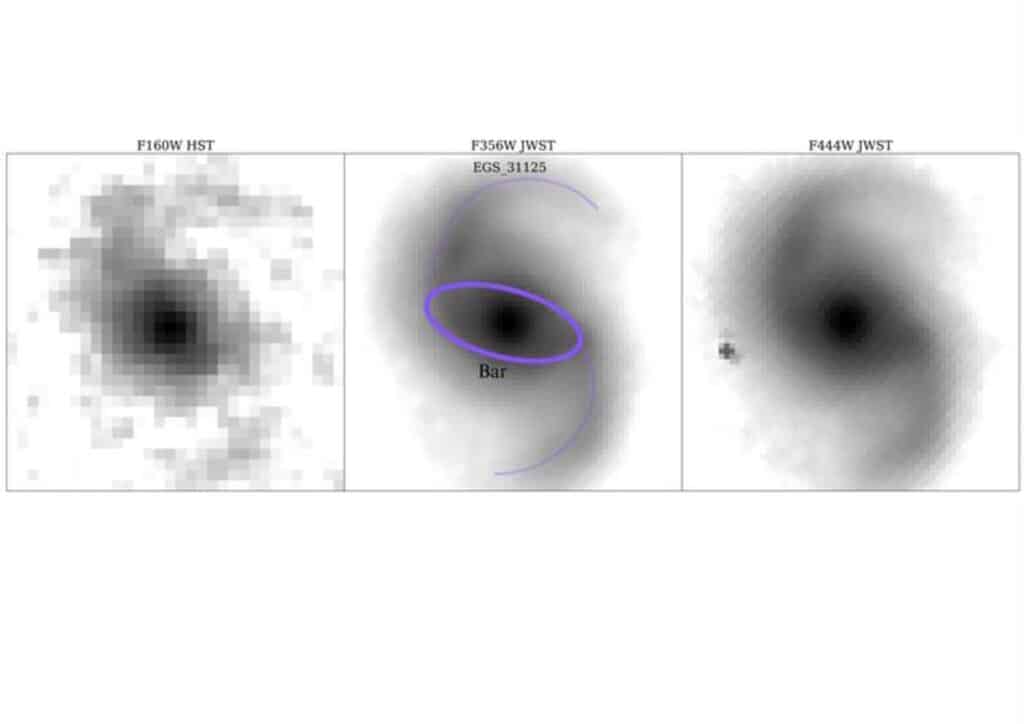
However, the unprecedented infrared views of the early universe provided by JWST are challenging that notion. A team led by Zoe Le Conte at Durham University used the telescope’s NIRCam instrument to study nearly 400 distant galaxies seen as they existed between 9-11 billion years ago. By analyzing the galaxies in infrared light, which better traces the distribution of older stars making up galactic structure, they found bars were twice as common as previously detected.
The bar fraction — the percentage of spiral galaxies with the bars — was around 18 percent when the universe was between 7 to 9 billion years old, and 14 percent between 9 to 11 billion years old. That’s about double what studies using the Hubble Space Telescope have found for these epochs.
“Galaxies in the early universe are maturing much faster than we thought. This is a real surprise because you would expect the universe at that stage to be very turbulent with lots of collisions between galaxies and a lot of gas that hasn’t yet transformed into stars,” says lead study author Zoe Le Conte, doctoral researcher in the Center for Extragalactic Astronomy, Department of Physics at Durham University, in a media release. “However, thanks to the James Webb Space Telescope we are seeing a lot of these bars much earlier in the life of the universe which means that galaxies were at a more settled stage in their evolution than previously thought. This means we will have to adjust our views on early galaxy evolution.”
While still lower than the roughly 60 to 70 percent of galaxies that have bars in the present-day universe, the findings suggest that bars emerged earlier than previously thought and have been an important driver of galaxy evolution for most of cosmic time. According to study co-author Dimitri Gadotti, from the Center for Extragalactic Astronomy, Department of Physics at Durham University, this indicates that some spiral galaxies already had fairly mature, stabilized disks by two to three billion years after the Big Bang.
“We find that many more bars were present in the early universe than previously found in Hubble studies, implying that bar-driven galaxy evolution has been happening for much longer than previously thought. The fact that there are a lot more bars is what’s very exciting,” explains Gadotti. “The simulations of the universe now need to be scrutinized to see if we get the same results as the observations we’ve made with James Webb. We have to think outside of what we thought we knew.”
So why the big difference between Webb Telescope and Hubble observations? Researchers say it largely comes down to JWST’s unprecedented sensitivity at near-infrared wavelengths. Compared to visible light, infrared radiation can better penetrate dust and more effectively trace the older, redder stellar populations that make up a galaxy’s underlying “skeletal” structure, including bars. Hubble observations, limited to shorter wavelengths, tend to miss bars obscured by dust or outshone by the blue light of hot, young stars.
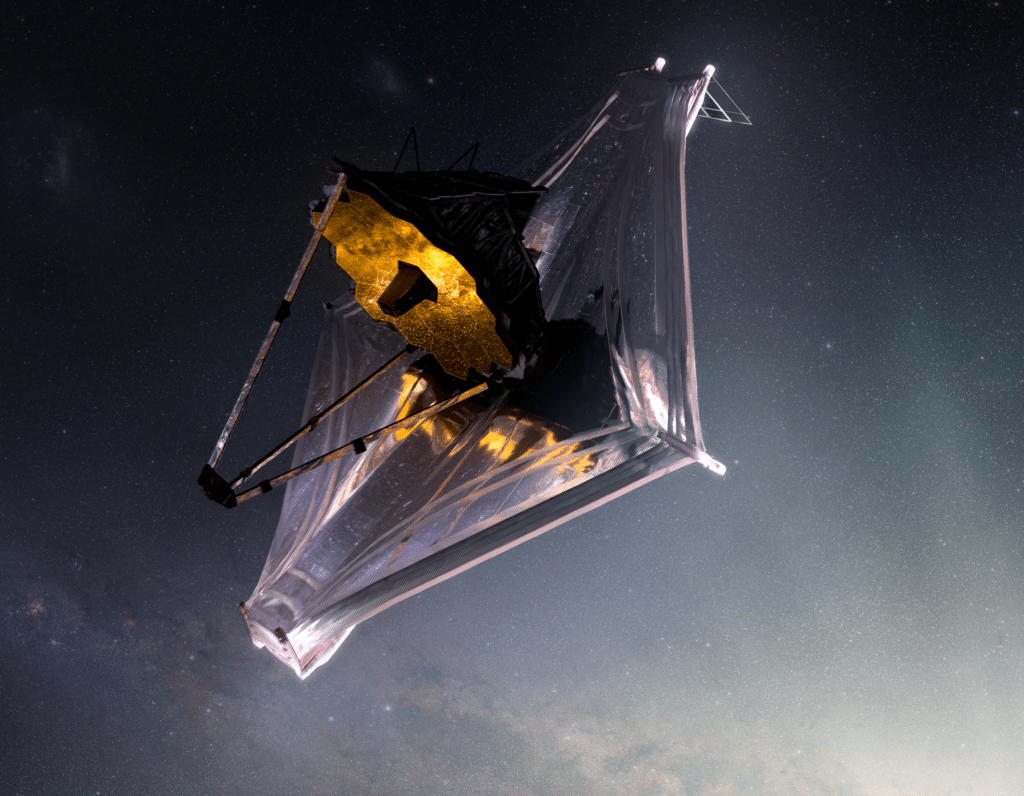
The team found that even with JWST’s excellent resolution, they likely missed many bars that were too small to resolve at such great distances. This suggests the true bar fraction in the early universe may be even higher. Future studies could look even further back in time, as some astronomers think the very first bars may have formed as early as 1 billion years after the Big Bang.
The findings open an exciting new window into the formative years of galactic evolution, showing that the backbone-like structures that shape modern galaxies emerged earlier than we thought. As JWST continues peering deeper into space and time than ever before, it promises many more revelations about the surprisingly mature galaxies that populated our young cosmos.
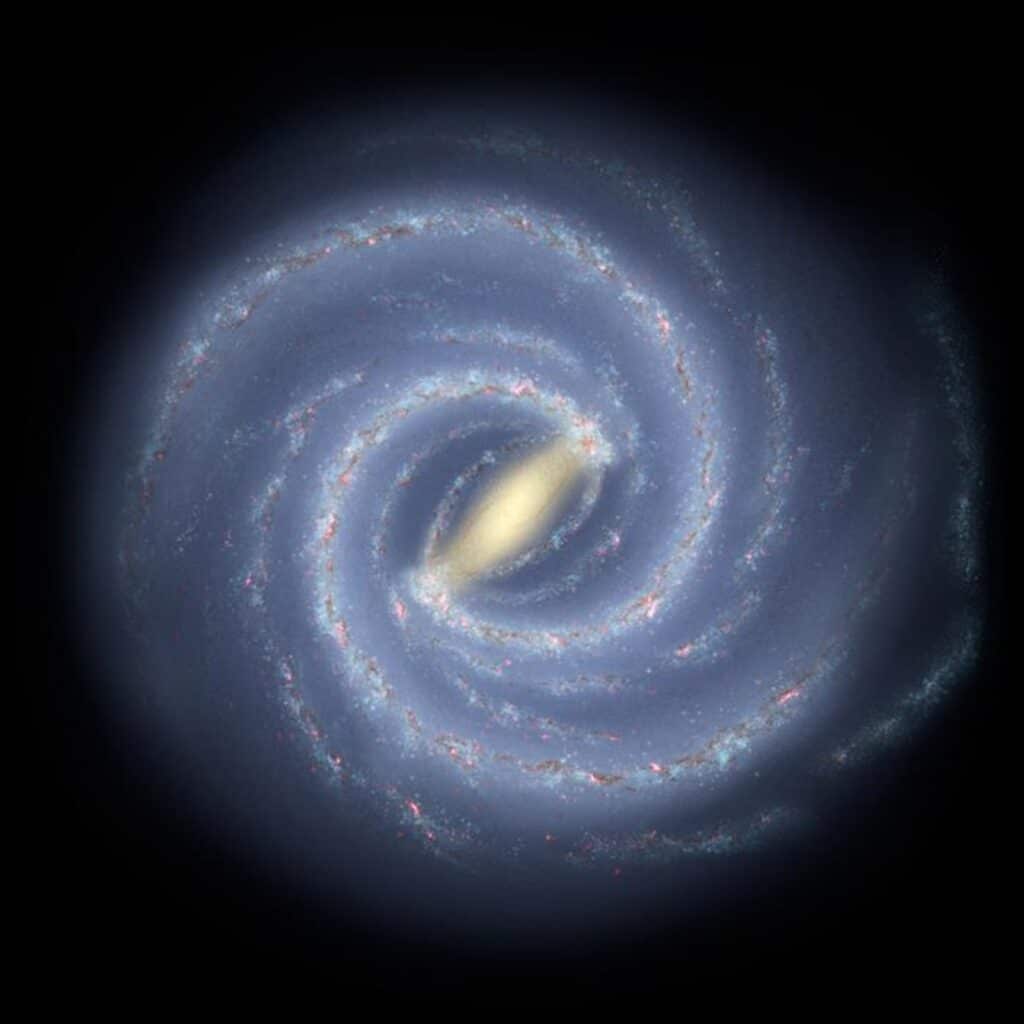

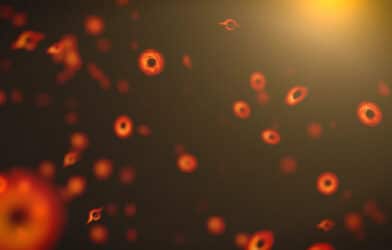
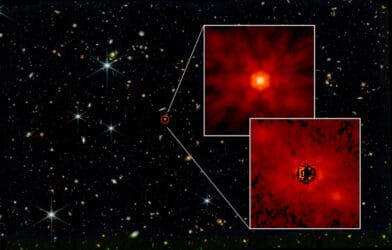



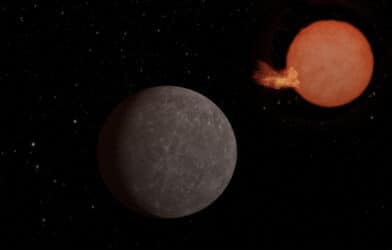


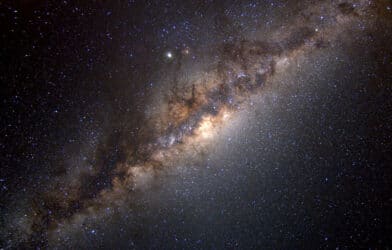
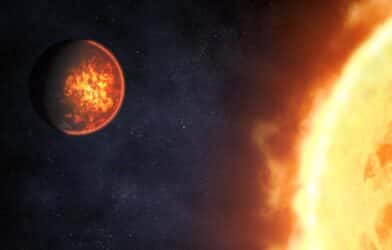
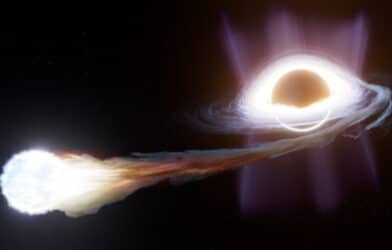
Comments